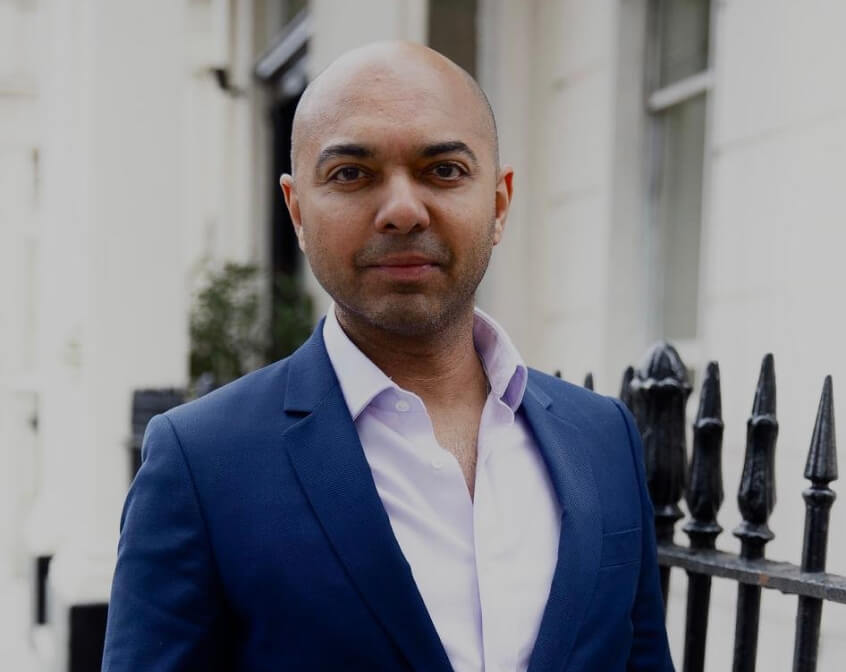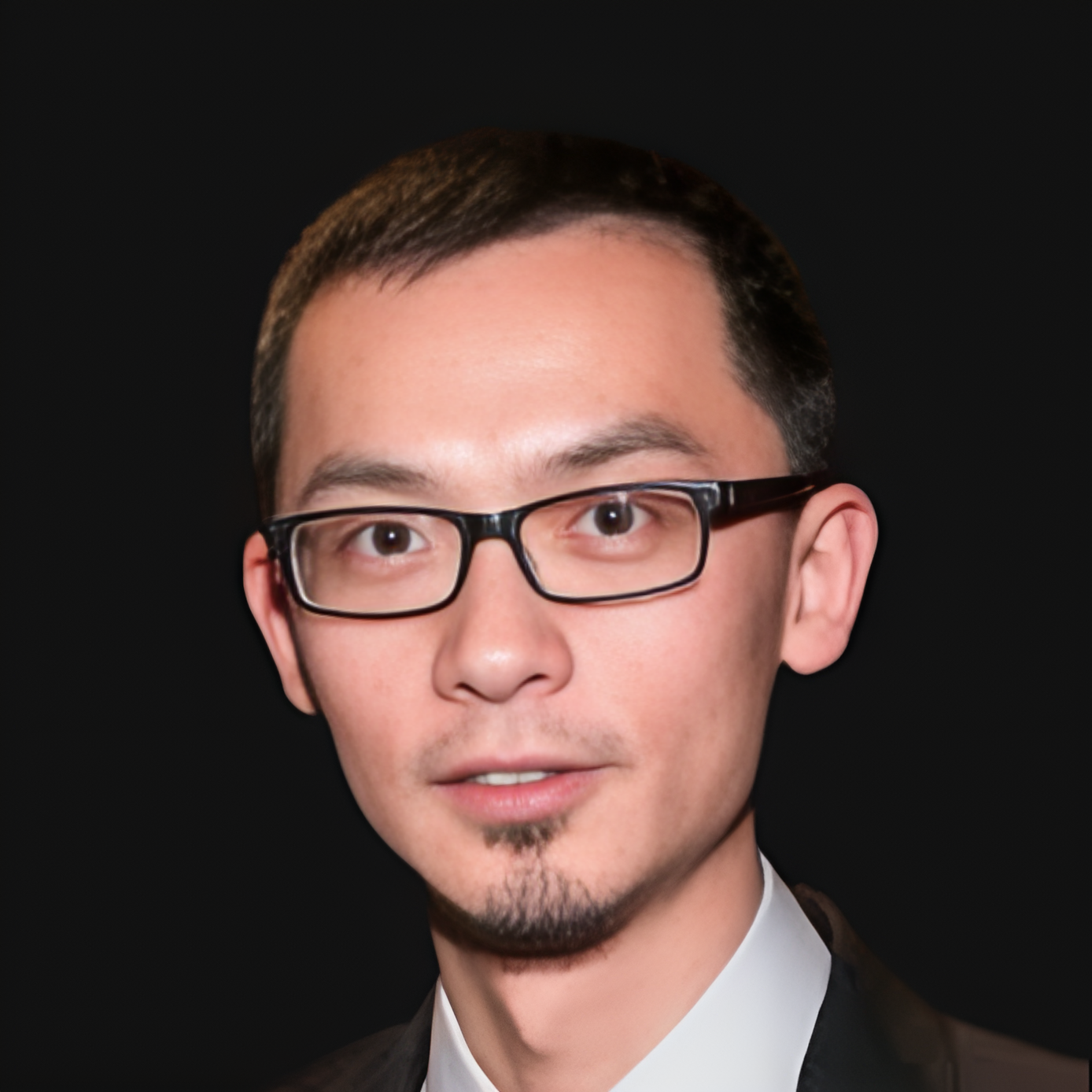When Cong Yu transitioned from over a decade at Google Research New York to leading AI Engineering at Celonis (and more recently Dandy), it wasn’t just a career move, it was an entire shift in development philosophy. Stepping away from institutional research and towards high-velocity product teams, Cong sought a space where decisions could be made faster and impact realized more quickly. This formative shift has since defined his operating principle: aligning technical innovation with measurable business outcomes.
We sat down with Cong to discuss how that philosophy evolved, the habits that shape his leadership, and how to run AI workloads in production within the modern enterprise.
Building Depth Before Direction: How Research Shaped Cong’s Thinking
Cong’s foundational years in academia and industrial research across large scale search systems were shaped by a deep commitment to critical thinking and innovation. His work on structured data exploration and pioneering advanced reasoning models such as ReasonBERT was rooted in the belief that understanding comes from first principles thinking and a rigorous synthesis of existing knowledge. He carried forward two essential traits from this phase: resilience built through perseverance, and a disciplined approach to innovation.
“You invariably go through ups and downs through your PhD study,” Cong said. “If you’re able to overcome those lowlights when you hit roadblocks, and you keep going and ultimately become the expert in your thesis research area, that’s a very formative experience.”
His academic period also molded his ability to interrogate problems deeply before proposing solutions. Whether in science or product, he explains, critical thinking means absorbing what others have built, understanding impact, and pushing forward with intent. “You need to do extensive research before you tackle a problem,” Cong added. “But at the same time, you’re looking for innovation, solving problems that haven’t been solved before.”
But as Cong moved further away from research and into industry, his focus began to shift. The questions were no longer just about what was novel, but what could scale, deliver results, and change how businesses operate. His thinking about AI also evolved, from abstract models in academia to outcome-driven AI production workflows within enterprises.
Translating AI Ambition into Scalable Enterprise Execution
At Celonis, where Cong led all AI engineering efforts, he was tasked with scaling a globally distributed team across the U.S. and Europe. Here, his academic orientation merged with a new focus on operational efficiency. He reorganized collaboration patterns to align more closely with time zones, deliberately reducing communication bottlenecks between California and Europe.
He emphasized asynchronous coordination through short, structured documentation, not for bureaucracy’s sake, but to create clarity and trust in distributed teams. “What I find effective is writing a one-pager when things feel unclear,” he noted. “But the key is short, it’s something that people will actually read.”
Cong also encountered the recurring challenge of translating promising AI prototypes into scalable enterprise products. His insight: rather than building broadly from the outset, begin by embedding engineering teams within a few customer contexts. This grounded approach allows teams to internalize workflows and surface real constraints early. “I just feel it’s much easier if you hire good engineers and force them into a service mindset for the initial couple of iterations,” he explained. “These good engineers will come up with ways to generalize and build patterns out of it.”
From automating mundane, labor-intensive tasks to decoding legacy logic embedded in decades-old systems, Cong believes GenAI will redefine how companies access and evolve their institutional knowledge. “A lot of critical logic in companies still sits in decades-old code written in legacy languages that people don’t use anymore, and the people who wrote it are long gone,” he said. “No one understands it, no one dares to change it. So it’s a black box anyway.”
What excites him is that GenAI offers a new kind of black box, one that can at least be interrogated, versioned, and improved over time. “With GenAI, you can ask what the program is doing, what it’s trying to achieve. It can explain itself, and that’s already better than what most enterprises have today.” Over time, he argues, this shift could make generative models the new carriers of institutional knowledge: flexible, transparent, and capable of learning.
Leadership, Prioritization, and Delegation
Cong’s leadership philosophy is rooted in ownership and transparency. As a manager, he rejects paternalistic models of shielding teams from pressure. Instead, he treats his team as equal stakeholders, giving them the context, tools, and clarity to navigate uncertainty. His approach to scaling culture mirrors his engineering instincts: set clear constraints, define desired outcomes, and then empower decentralized decision-making.
This philosophy also shapes his product-first mentality. When balancing computational reasoning with cost or speed, Cong looks for bottlenecks. “If you’re running high-frequency queries in Ecommerce, your inferencing cost must be low, maybe a small, fast model,” he said. “But if it’s a high-value client conversation, you need to invest in a more capable model to maximize interaction quality. The balance of managing people applies to the balance of implementing systems in place.”
The same logic applies to whether he delegates or steps in. The decision depends not just on the task’s importance, but on the trust built with the person handling it. “If it’s super critical and you have a strong lieutenant, you still lean in,” he explained. “If trust is high and it’s less critical, delegate. There’s no fixed rule, you calibrate based on stakes and people.”
How Startups Find Their Identity
Cong encourages early-stage founders to stay relentlessly customer-focused. In his experience, the startups that succeed are not those with the best pitch decks or the most elegant architectures, but those that learn fast, iterate quickly, and build from real pain points that customers face.
For consumer or SMB-focused companies, Cong believes product-led growth is usually the way forward: build something users love, test and iterate fast, and let usage drive traction. For startups targeting large enterprises, however, he advises beginning with the service perspective: co-develop with a few customers, deeply understand their workflows, and only then extract patterns that support scalable productization.
“You could build something generalized from the start,” he said, “but if your first enterprise customers require different kinds of customization, you’ll be stuck trying to endlessly retrofit something rigid.”
Cong now backs early-stage founders as an angel investor on the side, and his product philosophy shapes how he picks teams.
“I don’t do formal due diligence,” he said. “I look for people I trust – founders who understand the problem they’re solving inside-out, and who are willing to iterate fast to find fit.”
Related Articles

Unlocking Sustainable Growth: Sanjeev Arya’s Formula for Partnership, Profitability, and Purpose
We recently spoke with Sanjeev Arya, former SVP of Growth at UiPath, and discussed his incredible journey in the tech…

Strategic Storytelling: How Justine Crosby Translates Technical Narratives from the Factory Floor to the Boardroom
In our recent conversation, Justine Crosby shared insights on building communications infrastructure from scratch, making complex technical concepts more easily…

Kedar Dani: Building a Scalable Sales Engine at Early Stage Startups
In this conversation with Crew Capital’s Dylan Reider and Sonia Damian, Kedar Dani, GTM Advisor, shares sales advice for startups,…







